Sagrada Familia, Montjuïc Castle and Camp Nou
This is a follow-up in a more positive note than yesterday’s post Barcelona, the City I Won’t Visit Again.
Sagrada Familia is a large Roman Catholic church in Barcelona, Catalonia, Spain, designed by Catalan architect Antoni Gaudí (1852–1926). The construction started in 1882 and it has not finished yet, the anticipated completion date being 2026 (144 years). This long duration intrigued me and I was curious what are the longest construction projects.
And sure enough there is already a list compiled Top 10: Longest Construction Projects , everyone likes top 10 of this or that 🙂
No.1 The Great Wall – started: circa 400 B.C., completed: circa A.D. 1600, duration: 2,000 years
No.6 York Minster Cathedral – started: A.D.1220, completed: A.D. 1472, duration: 252 year
Once finished Sagrada Familia will be here and the Coliseum will no longer make the list.
No.7 Sacsayhuamán – started: circa A.D. 1445, completed: circa A.D. 1508, duration: 63 years
No:10 The Coliseum – started: circa A.D. 70, completed: circa A.D. 80, duration: 10 years
Montjuïc Castle offers a very good view over the city and its harbour and is worth the trip. “From this castle, the regent General Espartero indiscriminately bombarded the city with 1014 mortar bombs when the city revolted against his dictatorial rule. Espartero is notorious for his declaration, “Barcelona should be bombed once every fifty years”. The following year, after defeating Espartero in an uprising, the Catalan General Prim launched over 2500 bombs on the city and its people when –dissatisfied with Prim’s backsliding and lack of support for Catalonia– the city rose up against him. Prim overcame the revolt but was eventually killed by his opponents.” From www.barcelona-tourist-information.info/montjuic-castle.html 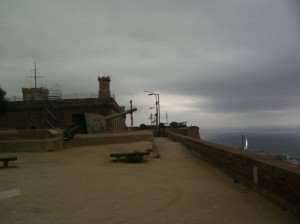

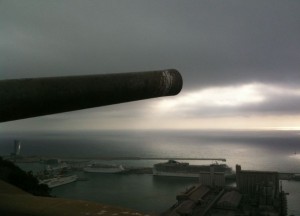
No trip to Barcelona is complete without visting Camp Nou and the FC Barcelona museum (the second-most visited museum in Catalonia). The stadium is the largest in Europe and the 11th largest in the world in terms of capacity. And again a list but this time of the largest stadiums in the world in terms of seating capacity:
1. Indianapolis Motor Speedway in the USA (297,000 capacity)
2. Rungrado May Day Stadium in North Korea (150,000 capacity)
3. Salt Lake Stadium in India (120,000 capacity)
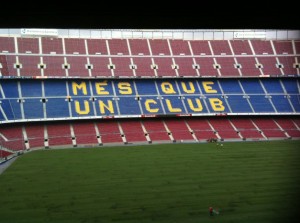
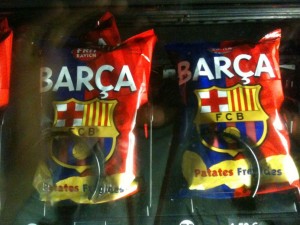
Generalissimo’s Cup (Franco was the Generalissimo)
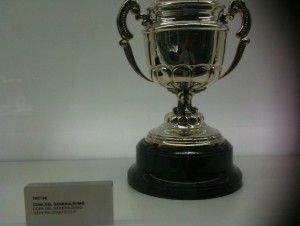
FC Barcelona Anthem (El Cant del Barça)
Other photos
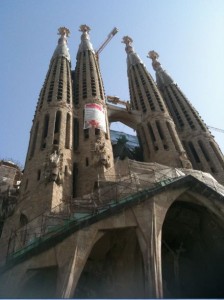

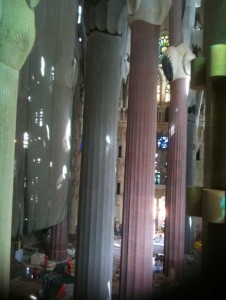
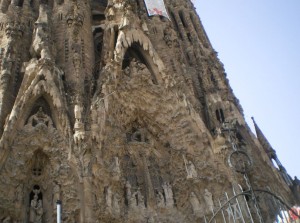
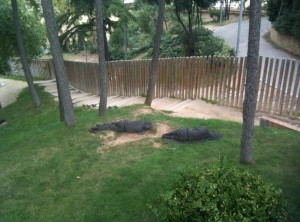
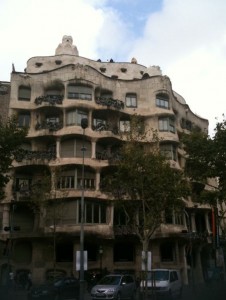
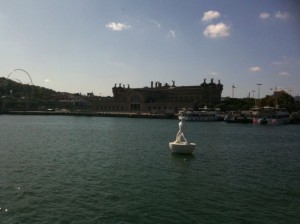
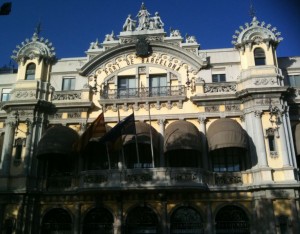
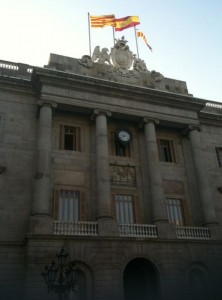
I agree with earlier post I didn’t find Barcelona all that wonderful It wouldnt make my top 20 list of Western Europe.
For some perspective, Camp Nou would only be the seventh largest College Football stadium. my European friends are always astounded by American college football facilities.